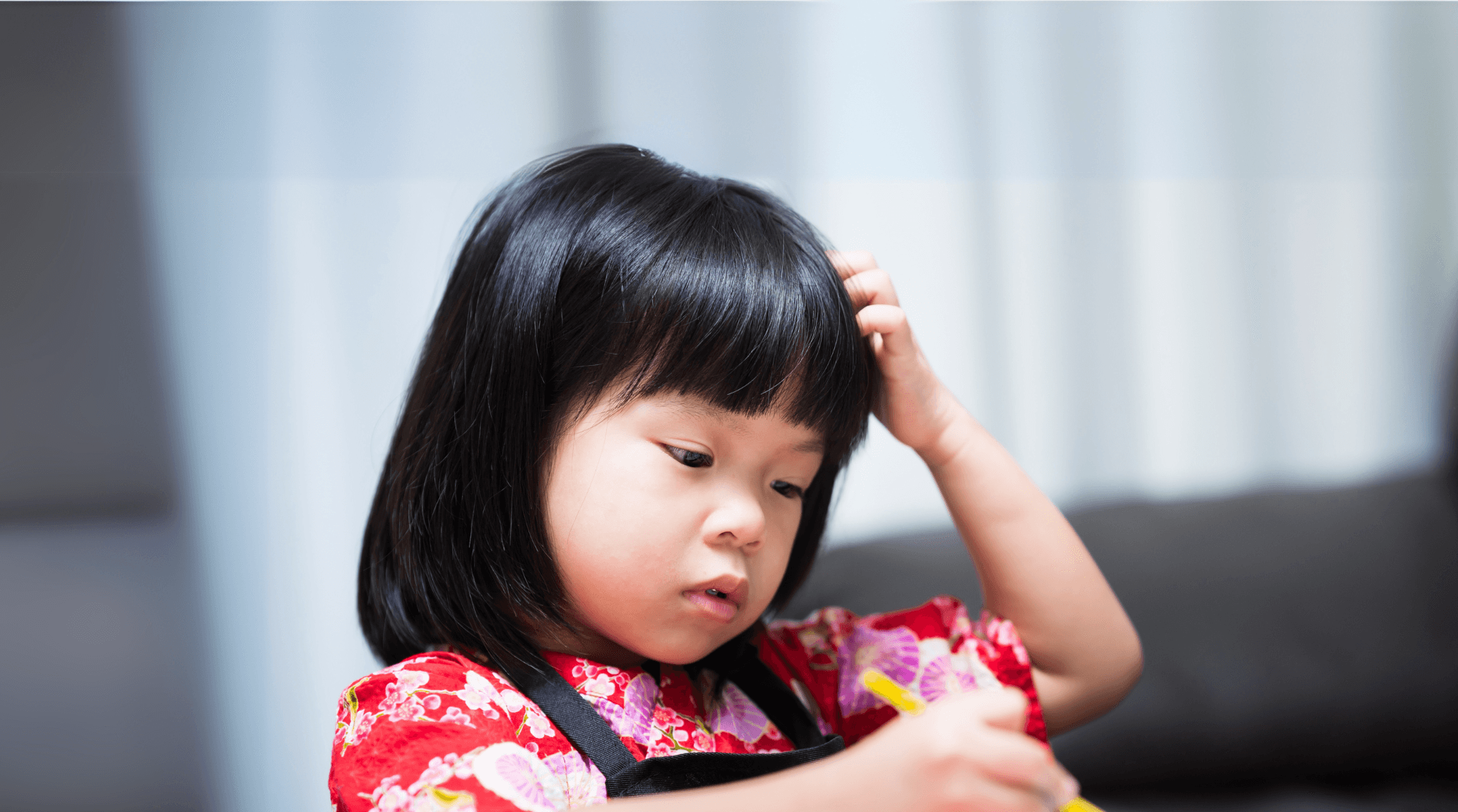
“
In this blog, we’ll cover a captivating glimpse into the remarkable world of these tiny avian wonders. Through this exploration, we uncover 20 interesting hummingbird facts that shed light on the intricate behaviours, extraordinary adaptations, and vibrant colours that define hummingbirds. Get into this educational journey to deepen your understanding of these unique creatures and discover the awe-inspiring details that make hummingbirds such a marvel of nature.1
1
”
Hummingbirds are among the smallest birds in the world, with some species measuring as tiny as 2 inches. Renowned for their incredible speed and vibrant colors, there are over 300 distinct species, each boasting unique characteristics and behaviors. 1
The giant hummingbird, Patagonia gigas, is the largest of its kind, measuring 23 cm from beak to tail and boasting a wingspan of 21.5 cm. Found in South America, it rivals the size of a European starling! 2
The bee hummingbird, Mellisuga Helena, from Cuba, is the smallest bird in the world. Males are only 57 mm long and weigh just 1.6 grams, setting the record for the lowest weight of any warm-blooded animal. 3
A hummingbird's heart can beat over 1,200 times per minute. This high heart rate helps them stay energized and agile, enabling them to flap their wings so quickly and perform their dazzling aerial displays.4
Hummingbirds can't smell, but their excellent color vision guides them to vibrant flowers. Ruby-throated hummingbirds especially love red and orange blooms—just be sure to avoid red dye in nectar! 5

Hummingbirds can beat their wings up to 80 times per second. This rapid wing movement creates the humming sound that gives them their name and allows them to hover in mid-air like a helicopter.
The Hummingbird is a national bird, with the Vervain Hummingbird serving as a national symbol of Jamaica. Known for their vibrant colors, hummingbirds are admired for their unique ability to hover in place while feeding on nectar. 6
Some hummingbird species migrate thousands of miles each year. The Ruby-throated Hummingbird, for instance, travels over 3,000 miles from North America to Central America.7
Hummingbirds have an excellent memory and can remember every flower they have visited, as well as how long it will take for each flower to refill with nectar. 8
Hummingbirds have long, specialized tongues that can extend far beyond their beaks. Their tongues are split at the tip and have tiny hair-like structures that help them lap up nectar from flowers. 9
Due to their high-energy lifestyle, hummingbirds have the fastest metabolism of any bird. They need to consume about half their body weight in sugar daily, drinking nectar from hundreds of flowers each day to keep up with their energy demands. 10
The average hummingbird weighs less than a nickel, highlighting their incredibly light and delicate nature. Despite their small size, these tiny birds possess remarkable strength and agility, allowing them to perform impressive aerial maneuvers and hover in place. 11

Hummingbird eggs are tiny and often resemble little white jellybeans. The mother carefully tends these eggs until they hatch into equally tiny chicks.
Hummingbirds are the only birds that can fly backwards. Their unique wing structure allows them to move in all directions, including up, down, sideways, and even upside-down, making them incredibly agile fliers. 12
Hummingbirds don’t experience a pregnancy period. After mating, the female lays 1-2 tiny eggs in a nest. These eggs incubate for about 14-23 days before hatching, and the mother cares for the nestlings until they are ready to fledge. 13
Hummingbirds have tiny legs that serve only for perching and moving sideways while perched. Due to their small size and specialized structure, they are unable to walk or hop, making their mode of movement uniquely adapted to their lifestyle. 14
Despite their small size and high-energy lifestyle, some hummingbirds can live up to 9 years or more in the wild. Their longevity is a testament to their resilience and adaptability. 15

Hummingbird nests are incredibly small and often made from plant fibres, spider silk, and other natural materials. These nests can be as small as a golf ball, providing a cosy and secure home for their tiny eggs.
Hummingbirds communicate with each other using a variety of sounds, including chirps, whistles, and even buzzing noises created by their wings. These vocalizations help them establish territories and attract mates. 16
To support their high-energy activities, hummingbirds breathe rapidly, taking in up to 250 breaths per minute. This rapid respiration helps them get the oxygen they need to fuel their fast-paced lifestyle. 17


